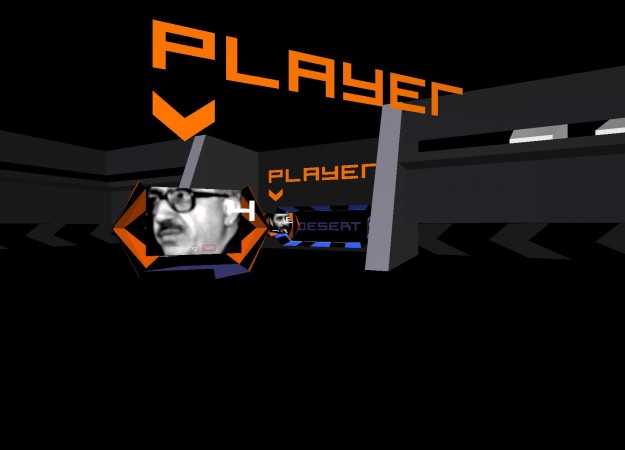Rose Bond, an Canadian artist, was a guest lecture on Friday where she shared her works. I was fascinated how she incorporates narratives together with digital media where she uses projection and sounds. It is interesting where the sounds from the installation is combined together with the city sounds.
Gates of light was the installation that attracted me. It is a interesting combination of sounds with visuals. Without even understanding the concept or background of what was going on, I still could understand that the year reflected together with the visuals. It showed a narrative piece where there was an active audience who were viewing the artwork.

Photo & Video Credits: http://rosebond.com/work/gates-of-light-2004-2007/
She briefly mentioned about the use of projectors to portray the narratives of the 120-year-old Eldridge Street Synagogue and its dynamic immigrant neighbourhood. I hoped that she would have given me more insight about her design process of how she thought of using specific visuals to match the various sounds and the research she had to do to actually get to the final product.
The other works she mentioned also deals a lot with projection and animation where I can see the progression of traditional medium: film strips to the digital medium: after effects in her works.
Matt Adams, an UK artist, who deals with interactive arts and games in a creative manner. I was fascinated where he incorporates both interactivity and game play together. I felt that he uses a lot of human interacting with the platform he has provided. The use of space, interactivity and game play all in one piece was amazing.
Kidnap, the first work presented gave me the impression of fear and unable to do anything within my control. It stimulates the process of being kidnapped and later on being helpless in an enclosed space. It’s interesting to see the participation level to experience the process of kidnap and being locked up. I felt that it was a live performance art piece where online audiences could participate in the environment. It seems that the audiences were surveillance cameras watching the ‘captives’ doing things inside the enclosed space.
I was amazed by the elaborate planning done by the team as they were inspired by the notorious Spanner Trial. The amount of research needed to be conducted together with the approval of people consent was a tough process. It reminded me of modern day context where we are being kidnap by social media or the internet where they have all our datas with or without our consent.

Photo Credit: https://www.blasttheory.co.uk/projects/kidnap/
The other work that I could be a platform for me to further develop my FYP idea was desert rain. The idea of having different people in a closed environment to play a digital game by using projection to showcase the digital environment was fascinating since it was a time where digital had some limitations. After having experience the virtual space, the participants were lead to a physical environment where they learnt more about how these people they were suppose to find were involved the main topic: Gulf War.
I enjoyed this piece the most as it incorporates the element of game play, narratives, performance and interactivity. I felt that the process of ideating the idea and having to execute the installation was so detailed. I thought that I could incorporate the element of a digital side and later bring the audience to a physical space to experience the idea of a living room environment.

Photo Credit: https://www.blasttheory.co.uk/projects/desert-rain/

Photo Credit: https://www.blasttheory.co.uk/projects/desert-rain/







Recent Comments